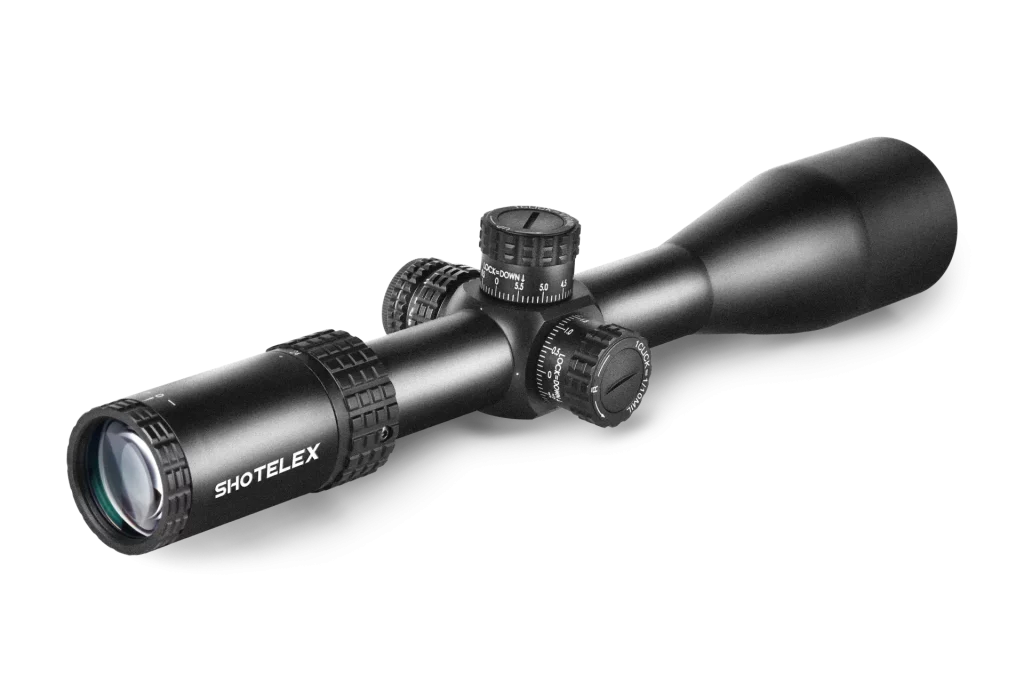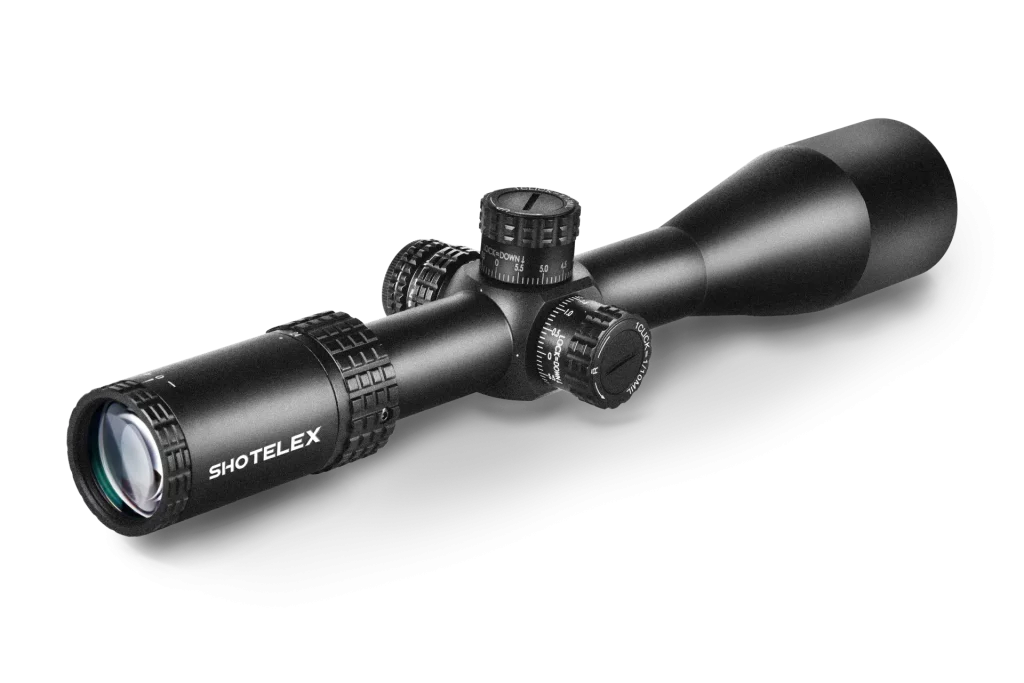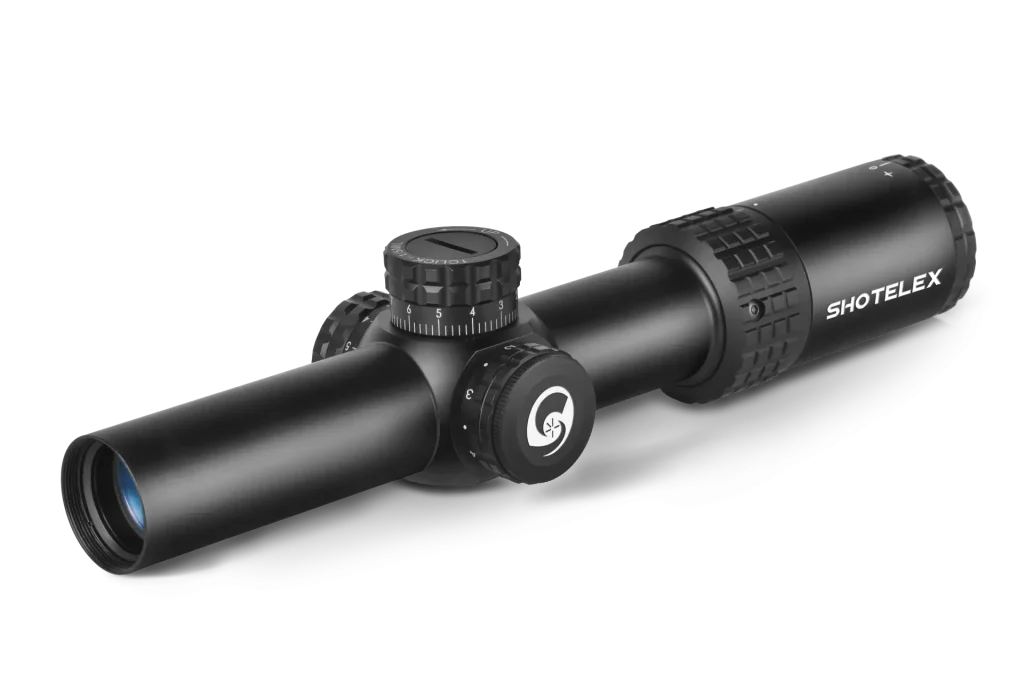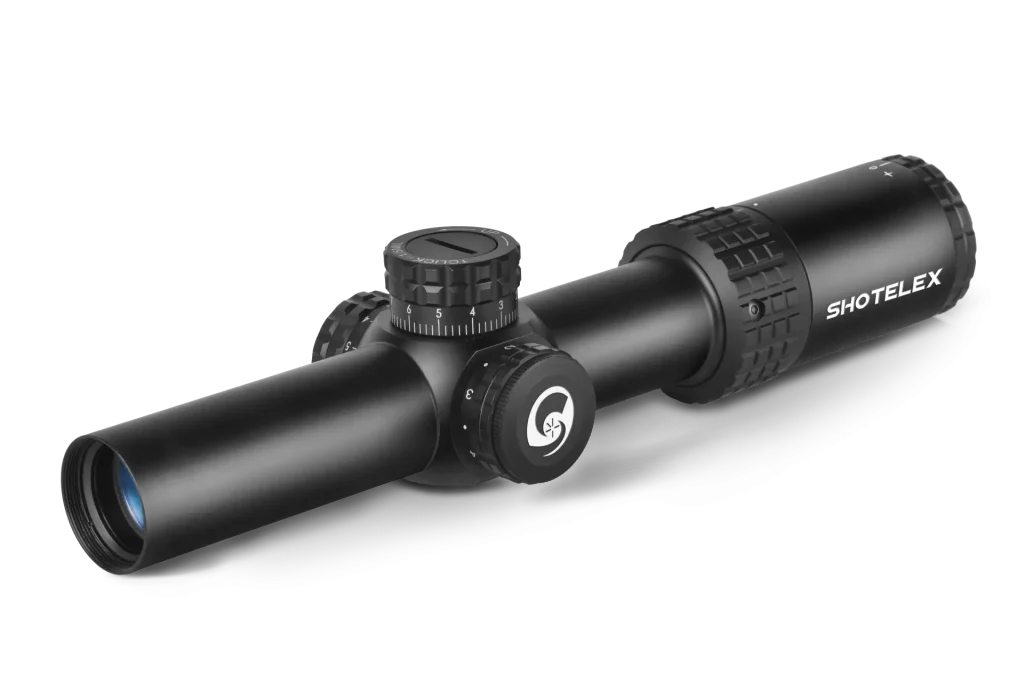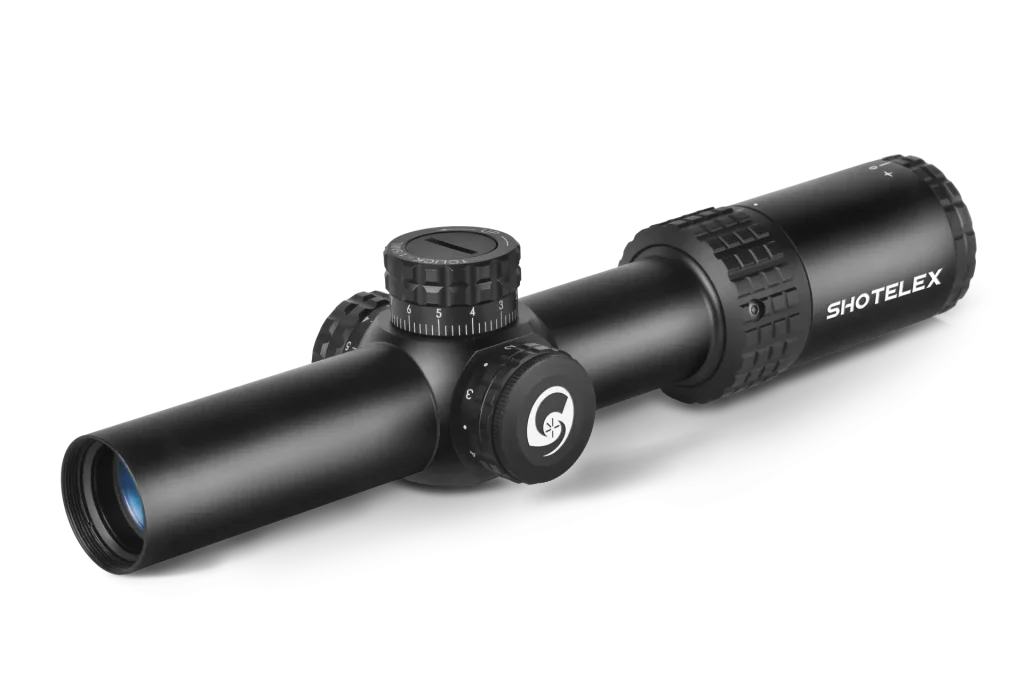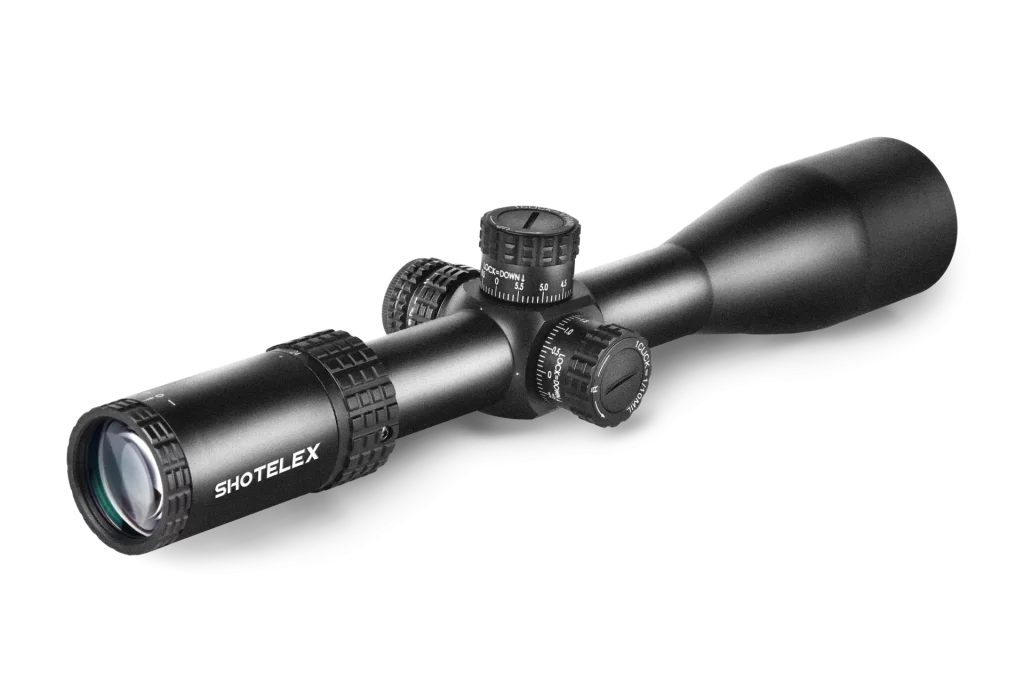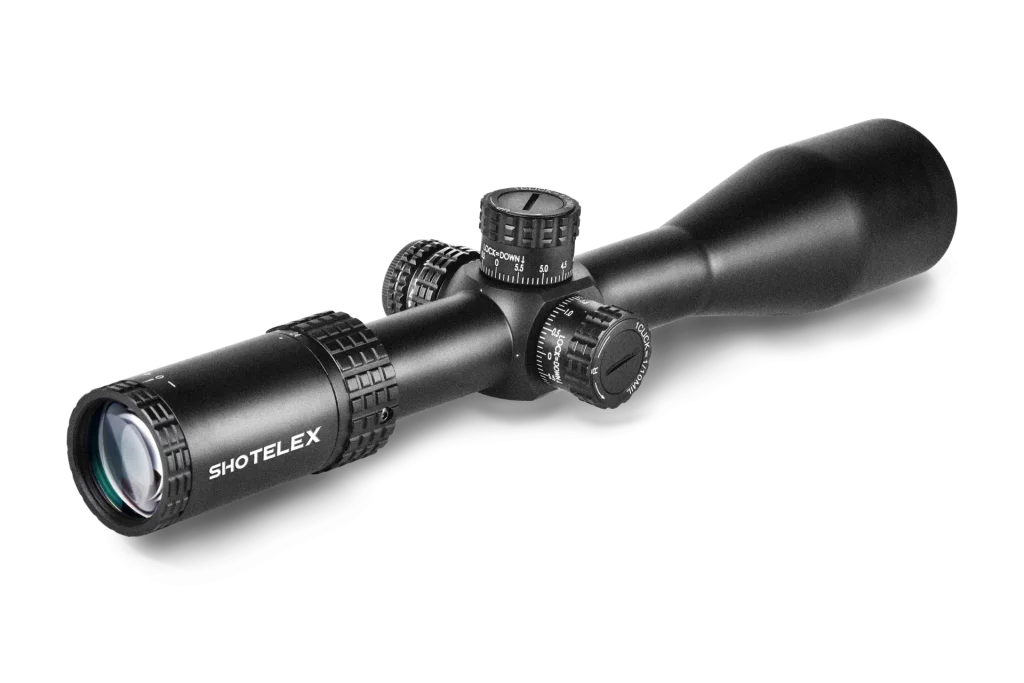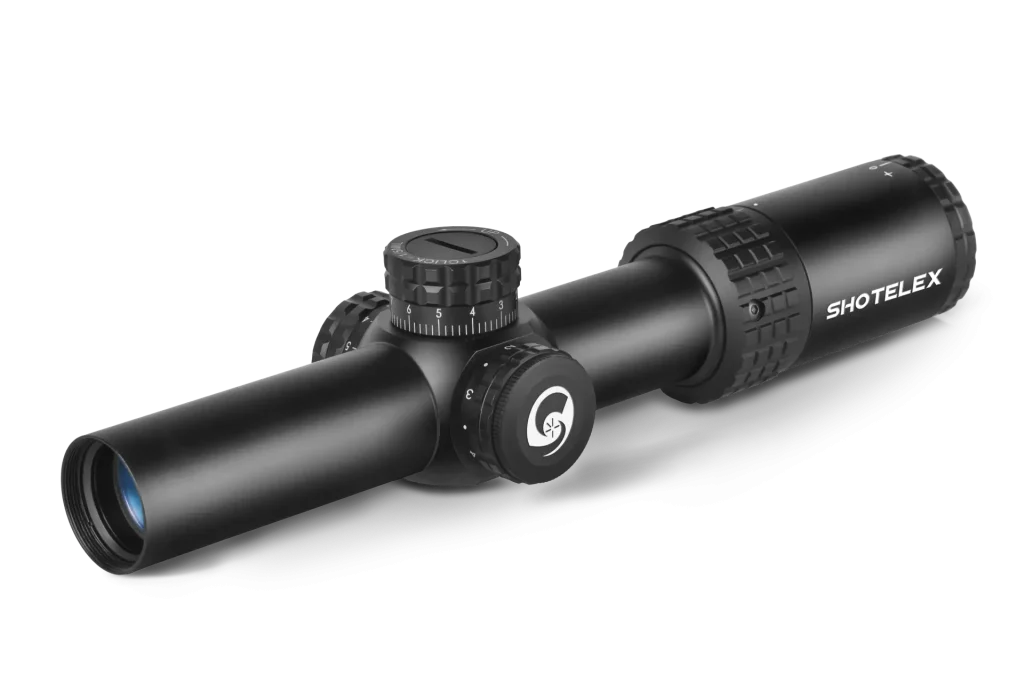What Are the Types of Rifle Scopes and Their Applications?
The rifle scope stands as a critical piece of equipment for any marksman, hunter, or tactical operator, significantly enhancing accuracy and target acquisition. Selecting the appropriate optic is paramount, as different shooting disciplines and environmental conditions demand specific features and functionalities. This article delves into the three primary categories of rifle scopes: telescopic sights, reflex sights, and prism sights, exploring their unique characteristics and diverse applications, while also briefly touching upon the growing significance of the China rifle scope manufacturer in the global optics market. Understanding these distinctions is essential for making an informed decision that aligns with individual needs and shooting objectives.
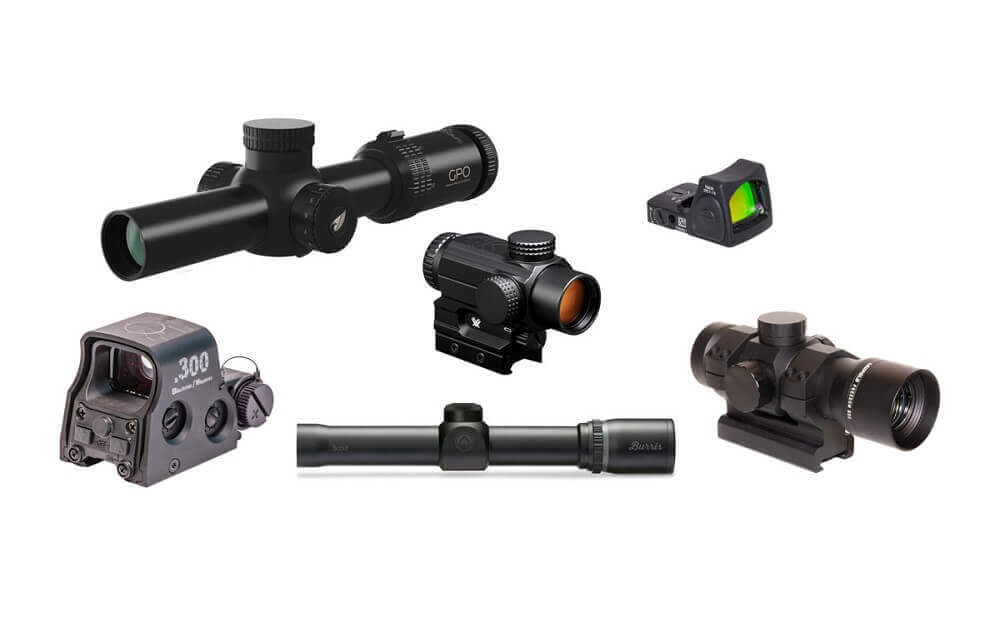
Type 1: Telescopic Sights: Precision at a Distance
Telescopic sights, often simply referred to as scopes, are arguably the most recognizable type of rifle optic. Their fundamental principle involves the use of a series of lenses to magnify the target image, allowing the shooter to achieve greater precision, particularly at extended ranges. Key parameters such as magnification (expressed as a range, e.g., 3-9x, indicating a variable magnification from 3 to 9 times) and objective lens diameter (e.g., 40mm, determining light-gathering capability) are crucial considerations.
Key Features of Telescopic Sights
- Magnification: This is the defining characteristic of telescopic sights. The ability to enlarge the target image provides a clearer view of distant objects, enabling more precise aiming and shot placement. Higher magnification is advantageous for long-range precision shooting and identifying subtle target details.
- Clear Field of View: High-quality telescopic sights utilize sophisticated lens coatings and designs to deliver a bright and clear field of view. This clarity is vital for target identification, tracking moving targets, and maintaining situational awareness (to a lesser extent than non-magnified optics).
- Diverse Reticle Options: Telescopic scopes offer a vast array of reticle designs. Simple crosshairs provide a basic aiming point, while more complex reticles like Mil-Dot and MOA (Minute of Angle) reticles incorporate markings that assist with bullet drop compensation and range estimation. The choice of reticle often depends on the intended application and the shooter’s familiarity with specific systems. Many China rifle scope manufacturers are now offering advanced reticle designs, including illuminated options for low-light conditions.
- Durability: Modern telescopic sights are generally built to withstand harsh environmental conditions and the recoil generated by firearms. Robust construction, sealed housings to prevent fogging and water ingress, and shockproof designs are common features.
- Learning Curve: Due to factors like magnification, parallax adjustment (in some models), and understanding reticle subtensions, there can be a learning curve associated with mastering telescopic sights, especially for novice shooters.
Primary Applications of Telescopic Sights
- Precision Shooting and Hunting: Telescopic sights are the preferred choice for long-range precision shooting disciplines and hunting applications where accurate shot placement at distance is critical. The magnification and precise reticles enable ethical and effective engagement of targets hundreds or even thousands of yards away.
- Competitive Shooting: In shooting competitions that emphasize accuracy over speed, such as long-range benchrest or F-class matches, high-powered telescopic scopes are indispensable tools.
- Tactical Applications: Certain telescopic sights with features like rapid magnification adjustment levers, illuminated reticles for low-light engagements, and bullet drop compensators are utilized in military and law enforcement contexts. The growing sophistication of optics from a China rifle scope manufacturer is also making them increasingly relevant in these demanding fields.
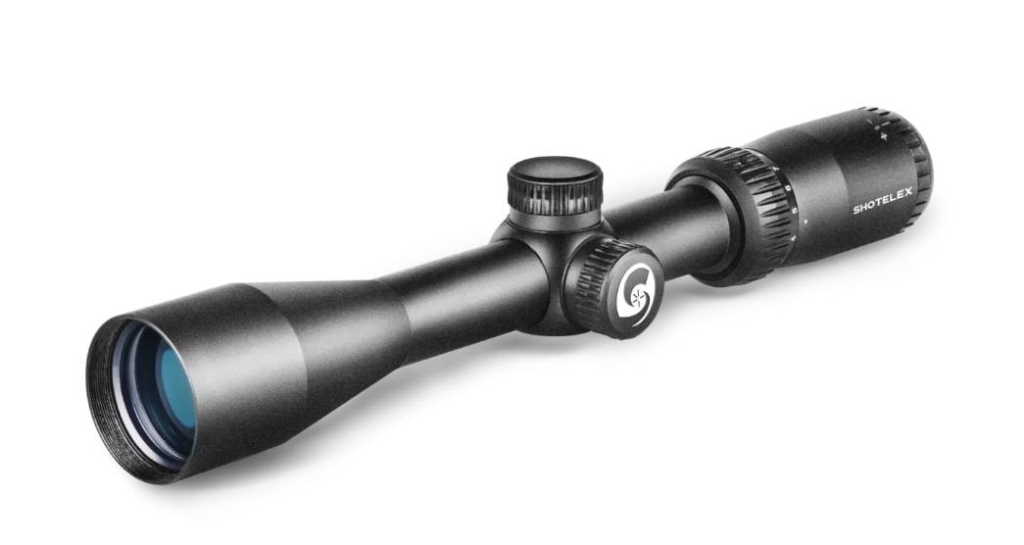
Type 2: Reflex Sights: Speed and Situational Awareness
Reflex sights, also known as red dot sights, prioritize rapid target acquisition and maintaining a wide field of view. Unlike telescopic sights, they typically offer 1x magnification (no magnification), providing a true representation of the target’s size and distance. Their operation involves projecting an illuminated aiming point, usually a red or green dot, onto a lens within the shooter’s field of view.
Key Features of Reflex Sights
- 1x Magnification: The absence of magnification allows for a natural, undistorted view of the surroundings, crucial for close-quarters engagements and maintaining situational awareness.
- Rapid Target Acquisition: The bright aiming dot facilitates quick alignment with the target, significantly reducing the time needed to acquire a proper sight picture compared to traditional iron sights or magnified optics at close range.
- Both-Eyes-Open Shooting: Reflex sights encourage shooting with both eyes open, enhancing peripheral vision and depth perception, which is advantageous in dynamic shooting scenarios.
- Lightweight and Compact: Compared to telescopic sights, reflex sights are generally lighter and more compact, contributing to better firearm handling and maneuverability. Many Chinese rifle scope manufacturers focus on producing lightweight and durable reflex sight options.
- Minimal or No Parallax: High-quality reflex sights exhibit minimal or no parallax, meaning the position of the aiming dot remains consistent on the target regardless of the shooter’s eye position behind the optic.
Primary Applications of Reflex Sights
- Close-Quarters Rapid Shooting: Reflex sights excel in close-range, fast-paced shooting scenarios, such as indoor close-quarters battle (CQB), hunting fast-moving game, and the speed-shooting stages of action shooting competitions.
- Action Shooting Sports: In disciplines like IPSC (International Practical Shooting Confederation) and USPSA (United States Practical Shooting Association), where speed and accuracy at close to medium ranges are paramount, reflex sights are highly popular.
- Certain Tactical Applications: In situations demanding rapid response and high situational awareness, reflex sights are employed by military and law enforcement units on carbines and other platforms.
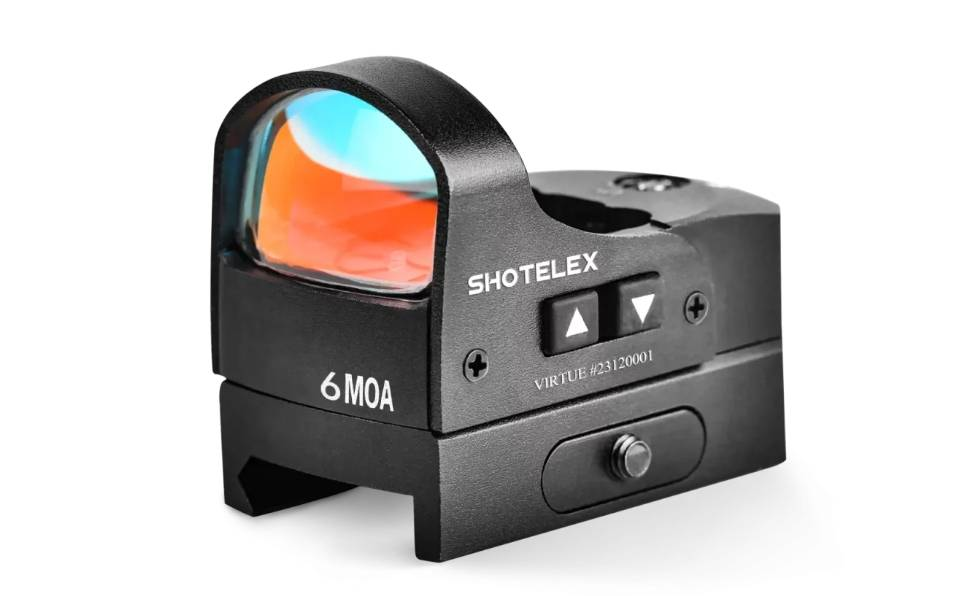
Type 3: Prism Sights: Bridging the Gap
Prism sights occupy a middle ground between telescopic and reflex sights. They typically offer fixed, low-power magnification (e.g., 1x, 2x, 3x, 4x) while retaining a relatively wide field of view and facilitating faster target acquisition than higher-powered scopes. Unlike telescopic sights that use lenses, prism sights utilize prisms to refract light and form an image, often resulting in a more compact optic for a given magnification.
Key Features of Prism Sights
- Fixed Low Magnification: The low magnification provides a slight advantage for target identification and engagement at slightly longer ranges than reflex sights, without sacrificing too much speed in close quarters.
- Prism-Based Imaging: The use of prisms allows for a shorter and more robust optical path compared to lens-based systems of similar magnification. Several China rifle scope manufacturers are specializing in rugged prism sight designs.
- Etched Reticles: Prism sights typically feature reticles etched directly onto the glass. This means the reticle remains visible even without battery power, a significant advantage over the projected reticles of reflex sights. Many models also offer illumination for enhanced visibility in varying light conditions.
- Astigmatism-Friendly: For shooters with astigmatism, the etched reticle of a prism sight can often appear clearer and more defined than the projected dot of a reflex sight.
- Durability: Due to their relatively simple and robust construction, prism sights are generally very durable and capable of withstanding significant abuse.
Primary Applications of Prism Sights
- Mid-Range Shooting: Prism sights are well-suited for mid-range shooting scenarios where a little magnification aids in target identification and accuracy, but rapid target acquisition is still important.
- Hunting: Low-power prism sights are popular for hunting in environments where engagements might occur at moderate distances, such as woodland or brushy terrain.
- Tactical Applications: The combination of low magnification, etched reticles, and ruggedness makes prism sights a viable option for military and law enforcement applications in close to medium-range engagements. The value proposition offered by a reliable China rifle scope manufacturer in this segment is increasingly attractive.
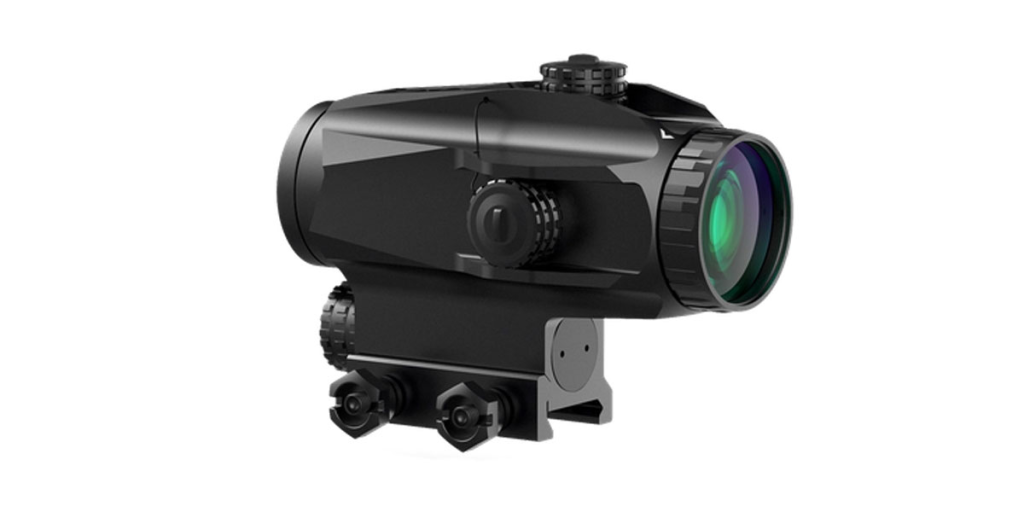
Final Words
The world of rifle scopes offers a diverse range of options, each with its own set of advantages and disadvantages. Telescopic sights excel in precision at distance, reflex sights prioritize speed and situational awareness, and prism sights offer a compelling blend of both. The optimal choice hinges on the specific shooting discipline, the anticipated engagement distances, environmental factors, and the individual shooter’s preferences.
As technology advances and the global optics market evolves, the role of the China rifle scope manufacturer in providing innovative and cost-effective solutions across all these categories continues to grow, offering shooters worldwide an increasingly wide array of choices to meet their specific needs. Ultimately, understanding the fundamental characteristics and applications of each type of rifle scope is the first crucial step towards making an informed decision and enhancing shooting performance.

